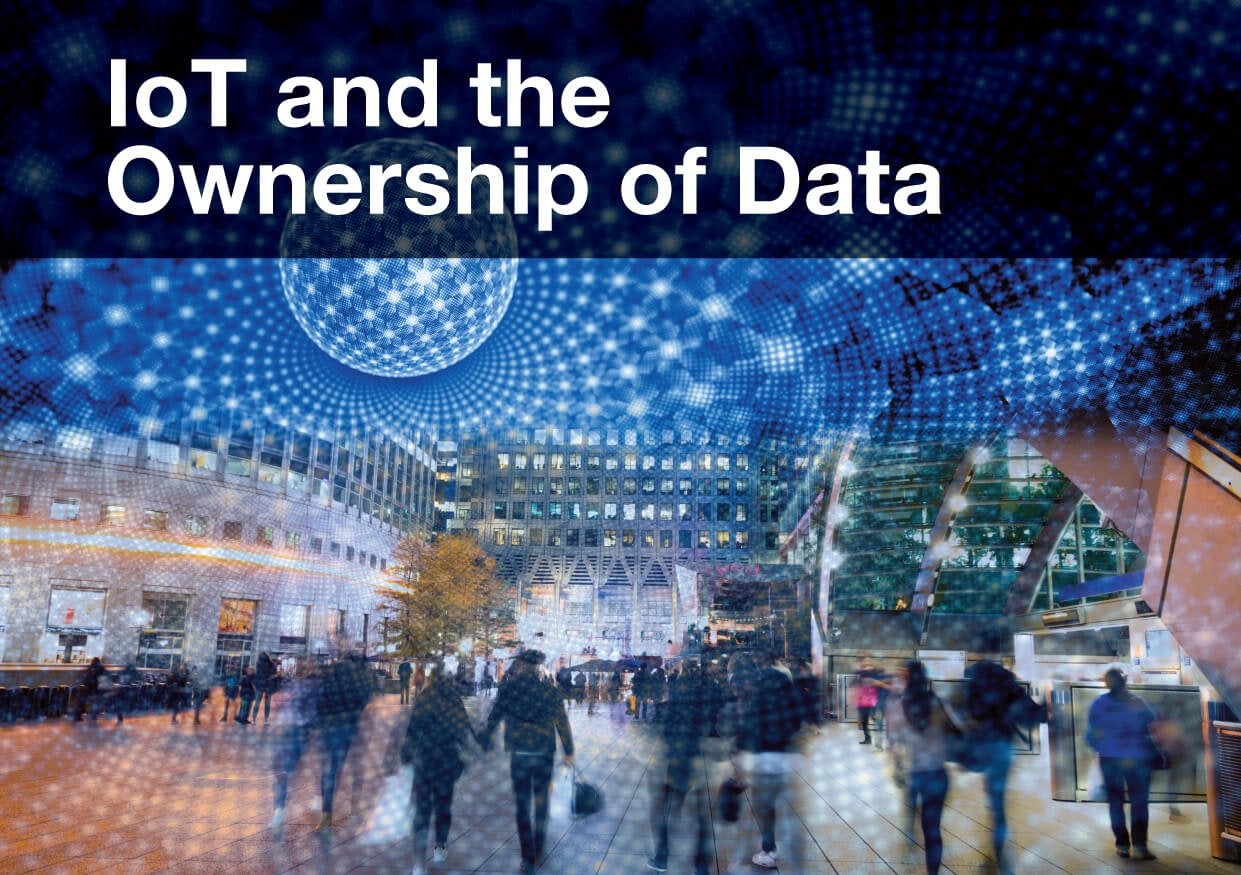IoT and the Ownership of Data
The speed in which technology can develop, and then continue to accelerate through various stages of innovation is often remarkable. This can, however, sometimes lead to problems: for example when supporting infrastructure, guidelines or legislation are particularly slow to catch up.
Like any technology capable of dramatically reshaping industrial landscapes, IoT has brought its own share of unforeseen issues to both developers and end users, many of which can be attributed to certain grey areas surrounding responsibility, security and ownership.
The lifecycle of data across the IoT ‘chain’ is often highly complex, involving several organisations across various stages. All of which, either directly or indirectly, work together as the data travels from the point of collection to each of its intended purposes. This can frequently lead to complicated issues surrounding ownership, and can pose obstacles for every-day running of businesses: does the data belong to those who generate it, the party that actively installed the devices, the company whose services analyse the information or the manufacturer who produced the sensors?
This, of course, varies on a case by case-basis but the question poses a problem for businesses striving to find the ideal balance. Defining ownership can go a long way in dictating how the data is used, or who it can be shared with, all of which are currently subject to the view of the party with best access to the data. One factor that can also be additionally confusing is that many of the devices can collect data from a variety of sources yet are analysed as a collective, meaning the source of the data is rarely easy to distinguish.
This issue of data ownership in IoT was recently discussed at the conference of Connected Things at MIT, Boston, where a number of senior managers from technology companies formed a panel. While they had varying views on usage of data and to whom it belongs, and under which conditions, all agreed on the requirement for best practices and guidelines to be established. Furthermore, the discussion of ownership is complicated further when considering how data is shared, and where to draw lines between transparency and privacy.
As Makarand Joshi, the moderator of the panel and director of product management at Schneider Electric, said: “Do you have the right to use it any way you want? Or are there constraints in terms of how you can use the data and what you can do after you use the data, for example, from the data that you derived based on my data. Because that data ownership is not clear.”
Dashboard agrees with the panel in that regulations are needed, and a universal code of conduct is necessary if IoT wants to develop ethically in the future. Establishing clear guidelines and rules would not only serve in helping organisations implement IoT technology with confidence, but would also likely facilitate accelerated development as communication and cohesion on issues of ownership are clarified at each stage of the IoT chain.
